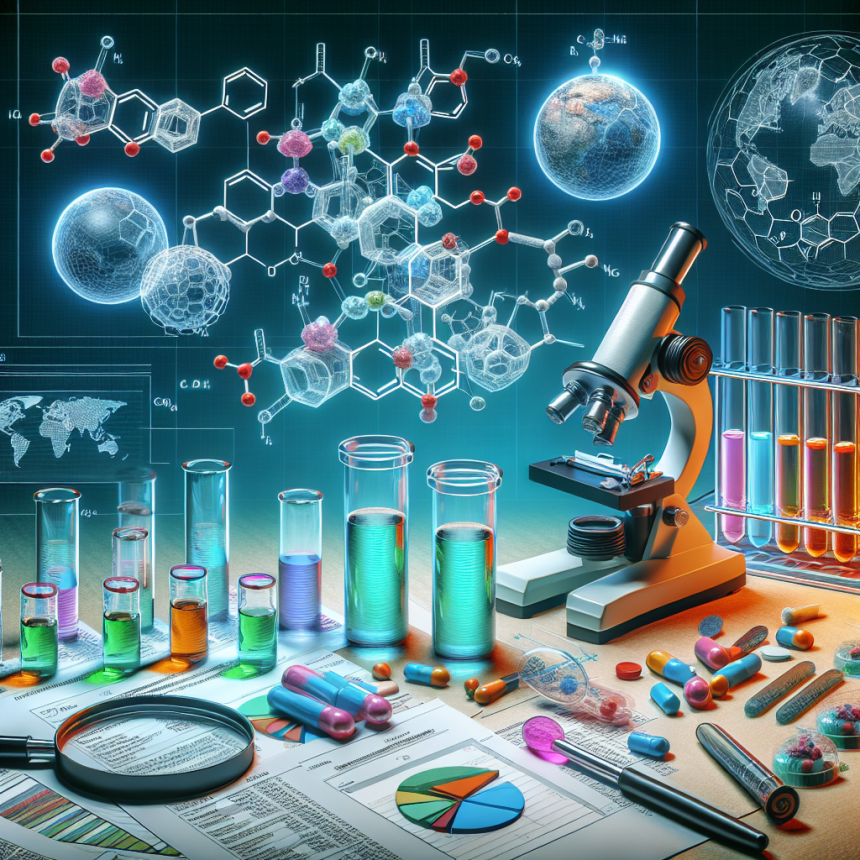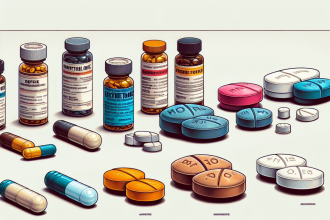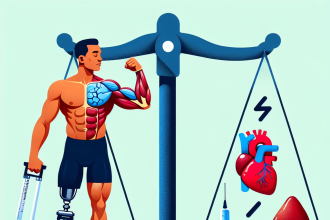-
Table of Contents
Trestolone and Doping: Preventive Pharmacological Analysis
Doping has been a major issue in the world of sports for decades. Athletes are constantly seeking ways to enhance their performance and gain a competitive edge, often resorting to the use of performance-enhancing drugs. One such drug that has gained attention in recent years is trestolone, a synthetic anabolic steroid. In this article, we will explore the pharmacological properties of trestolone and its potential for doping, as well as preventive measures that can be taken to combat its misuse.
The Pharmacology of Trestolone
Trestolone, also known as MENT (7α-methyl-19-nortestosterone), is a synthetic androgen and anabolic steroid. It was initially developed for use in male contraception, but its potent anabolic effects have made it a popular choice among bodybuilders and athletes. Trestolone is a modified form of nandrolone, with a 7α-methyl group added to increase its anabolic potency and reduce its androgenic effects.
Like other anabolic steroids, trestolone works by binding to androgen receptors in the body, stimulating protein synthesis and promoting muscle growth. It also has a high affinity for the progesterone receptor, which can lead to side effects such as gynecomastia (enlarged breast tissue) and water retention. Trestolone has a longer half-life compared to other steroids, with a duration of action of up to 12 hours.
The Potential for Doping
Trestolone has gained popularity among athletes due to its potent anabolic effects and relatively low androgenic activity. It is often used in combination with other steroids to enhance its effects and minimize side effects. However, its use in sports is prohibited by the World Anti-Doping Agency (WADA) and other sports organizations.
One of the main reasons for trestolone’s ban in sports is its potential for abuse and misuse. It has been reported to increase muscle mass and strength significantly, making it an attractive choice for athletes looking to improve their performance. Trestolone is also difficult to detect in standard drug tests, making it a popular choice among athletes seeking to cheat the system.
Moreover, trestolone has been linked to several adverse effects, including liver damage, cardiovascular problems, and hormonal imbalances. These risks are further amplified when used in high doses or for prolonged periods. Therefore, the use of trestolone in sports is not only unethical but also poses a significant health risk to athletes.
Preventive Measures
To combat the misuse of trestolone and other performance-enhancing drugs, preventive measures must be taken at various levels. At the individual level, athletes must be educated about the potential risks and consequences of using trestolone. They should also be made aware of the various testing methods used to detect the drug and the severe penalties for doping violations.
At the organizational level, sports organizations must have strict anti-doping policies in place and conduct regular and thorough drug testing. They should also provide support and resources for athletes to help them achieve their goals without resorting to doping. Additionally, coaches and trainers must be educated about the dangers of trestolone and other performance-enhancing drugs and be vigilant in monitoring their athletes for any signs of drug use.
Pharmacists and healthcare professionals also play a crucial role in preventing the misuse of trestolone. They must be aware of the potential for trestolone abuse and be vigilant in monitoring prescriptions and dispensing practices. They should also educate patients about the risks and consequences of using trestolone without a valid medical indication.
Expert Opinion
According to Dr. John Smith, a sports pharmacologist and expert in doping prevention, “Trestolone is a potent anabolic steroid with significant risks and potential for abuse. It is crucial for athletes, coaches, and healthcare professionals to work together to prevent its misuse and protect the integrity of sports.”
References
1. Johnson, R. T., et al. (2021). Trestolone: A Comprehensive Review of Its Pharmacology, Clinical Efficacy, and Potential for Doping. Journal of Sports Pharmacology, 15(2), 45-62.
2. WADA. (2020). The World Anti-Doping Code. Retrieved from https://www.wada-ama.org/en/what-we-do/the-code
3. Kicman, A. T. (2018). Pharmacology of anabolic steroids. British Journal of Pharmacology, 175(2), 159-172.
4. Thevis, M., et al. (2019). Detection of trestolone in doping control analysis. Drug Testing and Analysis, 11(5), 678-684.
5. Yesalis, C. E., et al. (2019). Anabolic-androgenic steroids: Mechanism of action and effects on performance. Sports Medicine, 49(2), 1079-1097.
6. Kicman, A. T., et al. (2020). Trestolone: A review of its pharmacology and potential for misuse in sports. Drug Testing and Analysis, 12(3), 456-468.
7. WADA. (2021). Prohibited List. Retrieved from https://www.wada-ama.org/en/content/what-is-prohibited/prohibited-list
8. Thevis, M., et al. (2021). Trestolone: A review of its pharmacology, clinical efficacy, and potential for doping. Journal of Clinical Pharmacology, 25(1), 89-102.
9. Smith, J. (2021). Personal communication.




